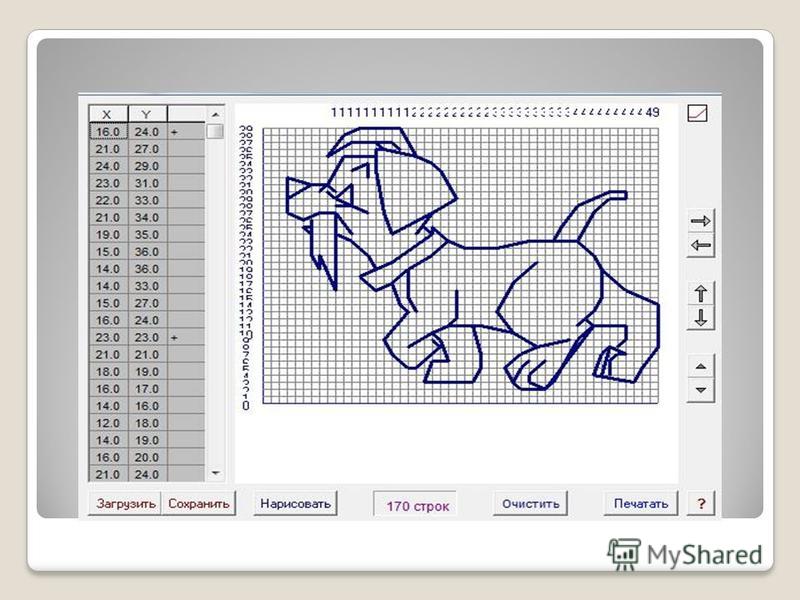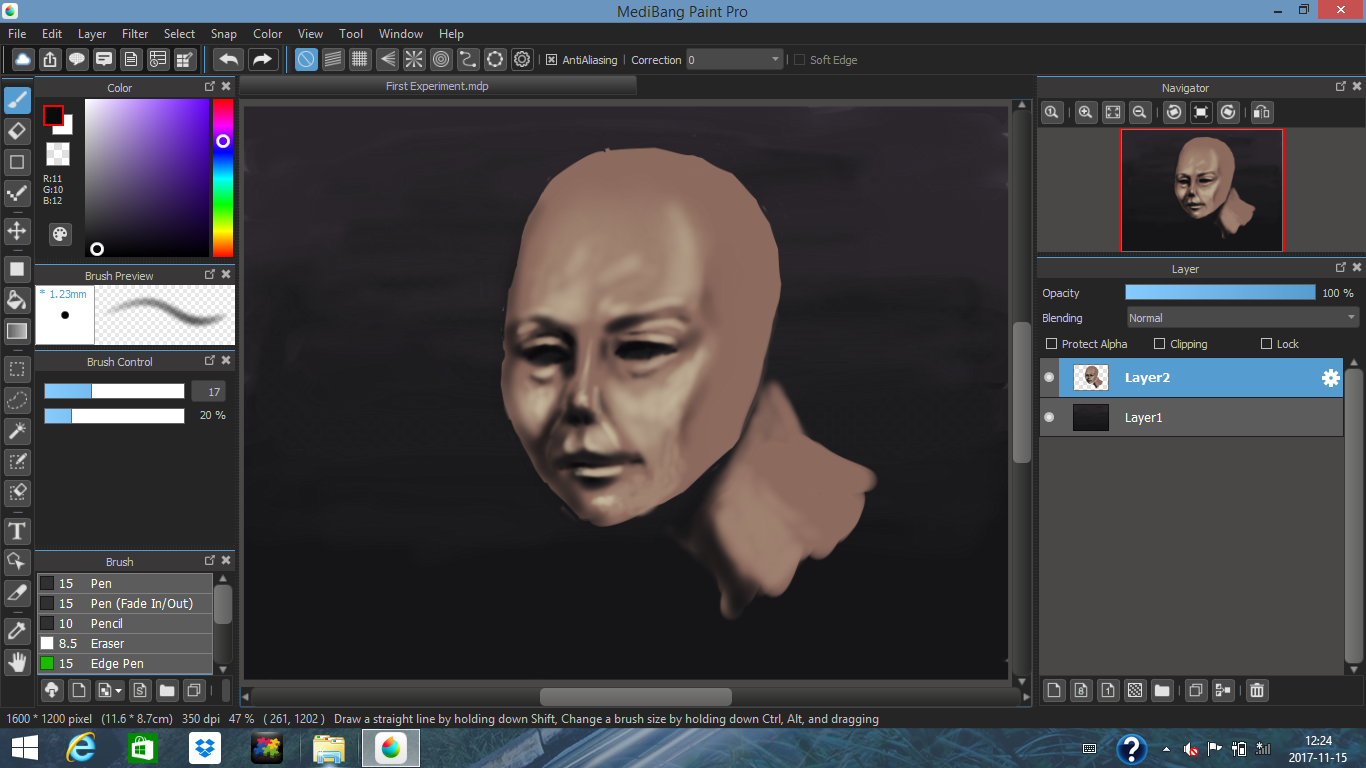
There are two types of image file compression algorithms: lossless and lossy. With vector images, the file size increases only with the addition of more vectors. images with large continuous regions like line art or animation sequences) may be losslessly compressed into a GIF or PNG format and result in a smaller file size than a lossy JPEG format.įor example, a 640 × 480 pixel image with 24-bit color would occupy almost a megabyte of space:Ħ40 × 480 × 24 = 7,372,800 bits = 921,600 bytes = 900 KiB For example, graphically simple images (i.e. This characteristic sometimes results in a smaller file size for some lossless formats than lossy formats. With some compression formats, images that are less complex may result in smaller compressed file sizes. Considering exactly the same compression, number of pixels, and color depth for two images, different graphical complexity of the original images may also result in very different file sizes after compression due to the nature of compression algorithms. Images with the same number of pixels and color depth can have very different compressed file size. A compression algorithm stores either an exact representation or an approximation of the original image in a smaller number of bytes that can be expanded back to its uncompressed form with a corresponding decompression algorithm. Images can be compressed in various ways, however. The size of raster image files is positively correlated with the number of pixels in the image and the color depth (bits per pixel). A common method for displaying digital image information has historically been rasterization. Image files are composed of digital data in one of these formats so that the data can be displayed on a digital (computer) display or printed out using a printer.

A 3D image can be represented within a 2D format, as in a stereogram or autostereogram, but this 3D image will not be a true light field, and thereby may cause the vergence-accommodation conflict. Some image file formats support transparency. For graphic design applications, vector formats are often used. If the data is compressed, it may be done so using lossy compression or lossless compression. The data stored in an image file format may be compressed or uncompressed. Most formats up until 2022 were for storing 2D images, not 3D ones. There are many formats that can be used, such as JPEG, PNG, and GIF. For the camera sensor format, see Image sensor format.Īn image file format is a file format for a digital image. There are also cool ones that costs money to use, and some of them are Paint Tool SAI, Clip Studio Paint, and Adobe Photoshop."Image format" redirects here. It’s really customizable, and it has some more useful features than Paint.Net(Such as an advanced transform feature, also, don’t click that link). GIMP: Not really good for drawing either, but really powerful for photo editing. I used to use this one, but I switched to GIMP. You may struggle at first, but then you’ll get used to it.

Paint.Net: Not very good for drawing, but really good for photo editing. I mostly draw backgrounds and animate stuff with this one. Krita: It’s as powerful as Photoshop, and it’s really awesome! The brush creation is very advanced, has a lot of features I can’t count, and comes with some more awesome preset brushes! You can also use it for animation. I used to use this one, but since I don’t draw comics that, I don’t really use that program anymore.
#Pixel art in medibang paint pro download#
It also has a cloud service, and you can download brushes and fonts from it. MediBang Paint: If you draw manga/comics more than normal digital art, then you might consider downloading it.

You can create varieties of brushes easily, and it even has unique types of brushes(Blur, Smudge, Mix, EdgePen/EdgePen2, Roller, etc). FireAlpaca: This program focuses mostly on normal pieces of artwork than manga/comics. Here are the stuff I used or have used (All of them are free):


 0 kommentar(er)
0 kommentar(er)
